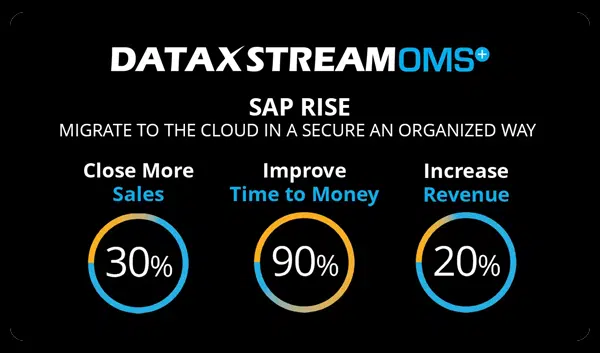1. Unified Commerce ONLY improves customer experience
It’s no secret that unified commerce revolutionizes the customer experience. User-interface isn’t the only change your consumers will notice when they make the switch to unified commerce. They will experience the increased accuracy of your product- courtesy of the real-time data and visibility into the customer dashboard and will enjoy larger profits and happier customers.
Buyers now can have a streamlined process without the burdens of inventory inconsistencies and lack of sales agility. Using a customer-centric approach, provided by unified commerce, will effectively attract, and retain customers. There simply is no better method to improve your product’s marketability, interface, and satisfaction than implementing unified commerce. Unified commerce improves much more than just customer experience as it increases, agility, visibility, and works with- not against- your sales model.
2. Unified commerce and Omnichannel are synonymous
Omnichannel sales methods have been used in past as effective marketing techniques. However, while competitors continue to evolve with the industry and utilize modern marketing methods, it is critically important that your company uses innovative methods to sell your product. Unified commerce and omnichannel have the same goal- sell more to increase profit. While omni channel has a focus on the consumer, unified commerce has a holistic approach that provides a smooth experience to the customer, while also increasing the profit for the business. There’s no denying that there is value in omnichannel sales channel method, however if there is a better, more efficient system, why not make the switch?
3. It is too costly to make the switch
As the market evolves, it is too costly to remain on a legacy system like omnichannel marketing. Some think there is no Return On Investment (ROI) on making the transition to unified commerce. However, as customer’s standards shift for customer experience, the overall sales timeline can be the “make or break” for the final Point of Sale. Unified commerce will make the sales experience more enjoyable, and will not only offset the costs of switching, but increase sales and repeat business from consumers.
Omnichannel is a poor reflection of the capabilities of e-commerce and other channels can attain for your business model. Shifting to this modern view is an investment that will pay off tenfold. We know this because sales channels will only get more complex from this point forward, post-covid sales channels will only increase in complexity.
4. Unified commerce is a trend
Unified commerce is not a trend, unified commerce is the new standard. To remain current with digital capabilities, where legacy systems fall short, unified sales channels are becoming the new normal. The concept of unified commerce changes the way you can interact with customers, affecting every aspect of your sales model. With increased visibility between stores or warehouses, having 360-degree customer sales cycle view, a siloed approach no longer meets businesses’ needs. Unified commerce provides a seamless, touchpoint-free, customer experience, avoiding customers stuck with disparate systems or disjointed alignment, and a lack of synchronization.




